Baffling 30-metre underwater ‘pyramid’ discovery
A 30-metre “pyramid” submerged just off the coast of Japan is turning heads - and could shake up everything we thought we knew about ancient civilisations.
A 30-metre “pyramid” submerged just off the coast of Japan is turning heads — and could shake up everything we thought we knew about ancient civilisations.
Sitting 25 metres below sea level near the Ryukyu Islands, the Yonaguni Monument has baffled scientists and divers since it was first discovered in 1986.
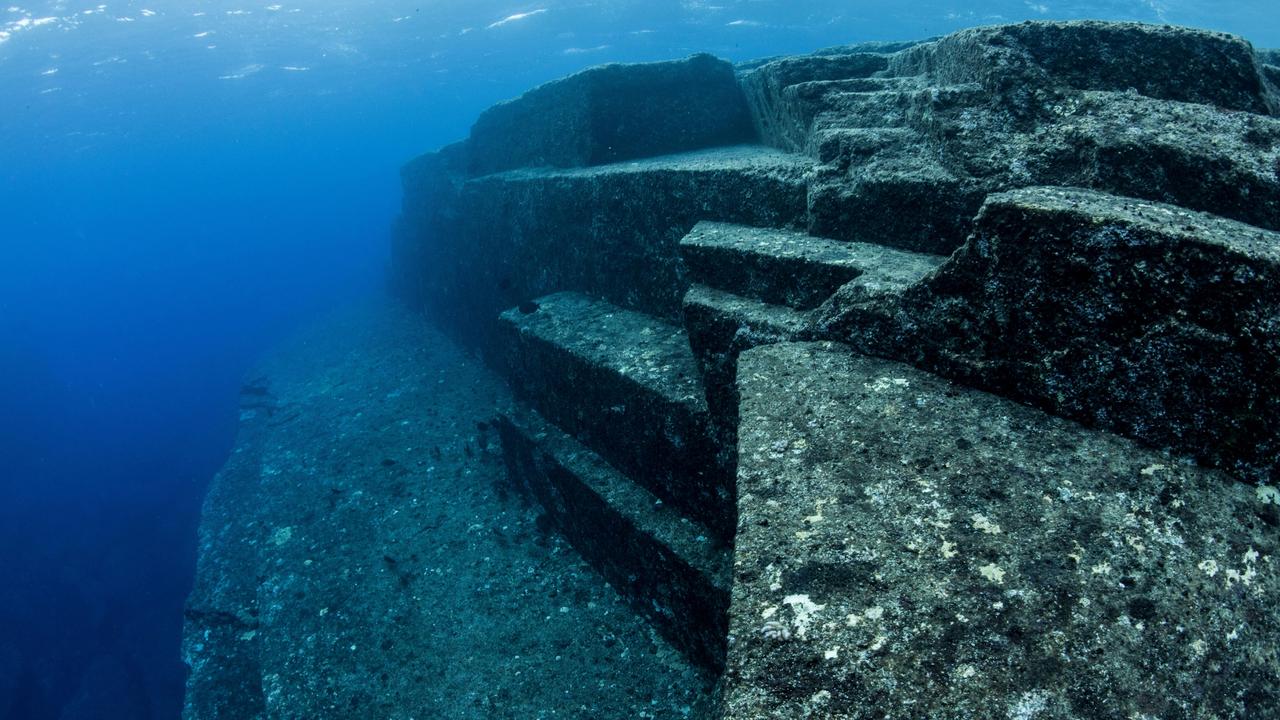
The enormous stone structure, complete with angular steps and flat terraces, looks uncannily like the ruins of a man-made temple — despite being over 10,000 years old.
That timeline, if proven accurate, would date it thousands of years earlier than Egypt’s pyramids or England’s Stonehenge — and possibly make it the oldest known structure ever built by humans.
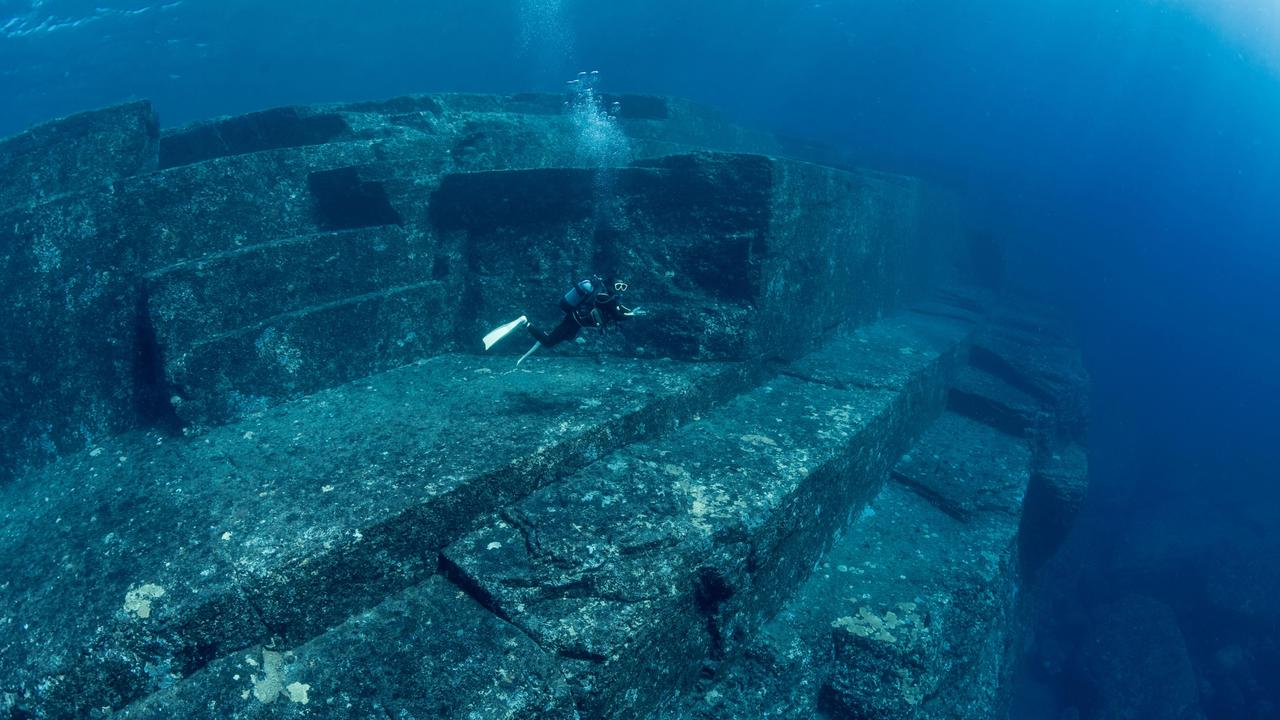
Supporters of the theory say the Yonaguni formation, nicknamed “Japan’s Atlantis,” may be evidence of a forgotten civilisation that predates the rise of agriculture — a concept that, if true, would rewrite the timeline of human achievement.
But sceptics aren’t buying it.
The sunken stone sparked fresh debate when author Graham Hancock and archaeologist Flint Dibble clashed over the site on a recent episode of the Joe Rogan Experience.
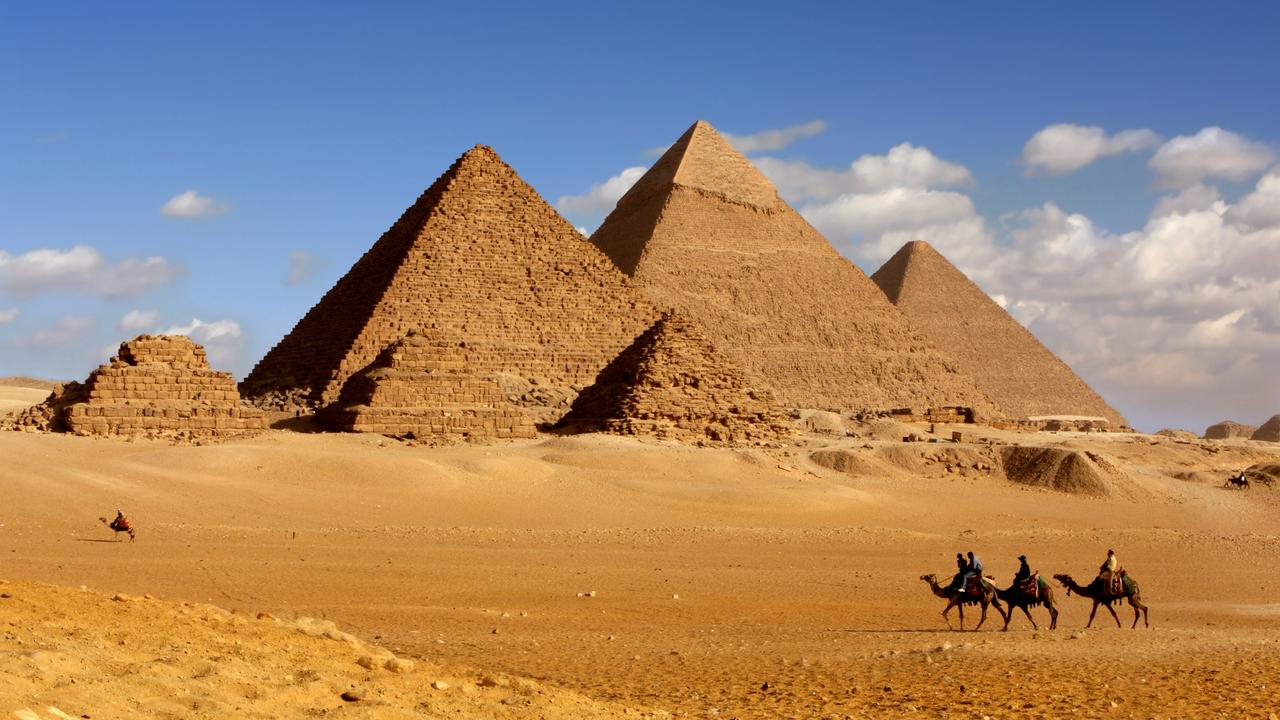
“I’ve seen a lot of crazy natural stuff and I see nothing here that to me reminds me of human architecture,” Dibble said on the podcast in April 2024.
Hancock, a well-known proponent of lost ancient civilisations, fired back: “To me, Flint, it’s stunning that you see that as a totally natural thing, but I guess we’ve just got very different eyes.”
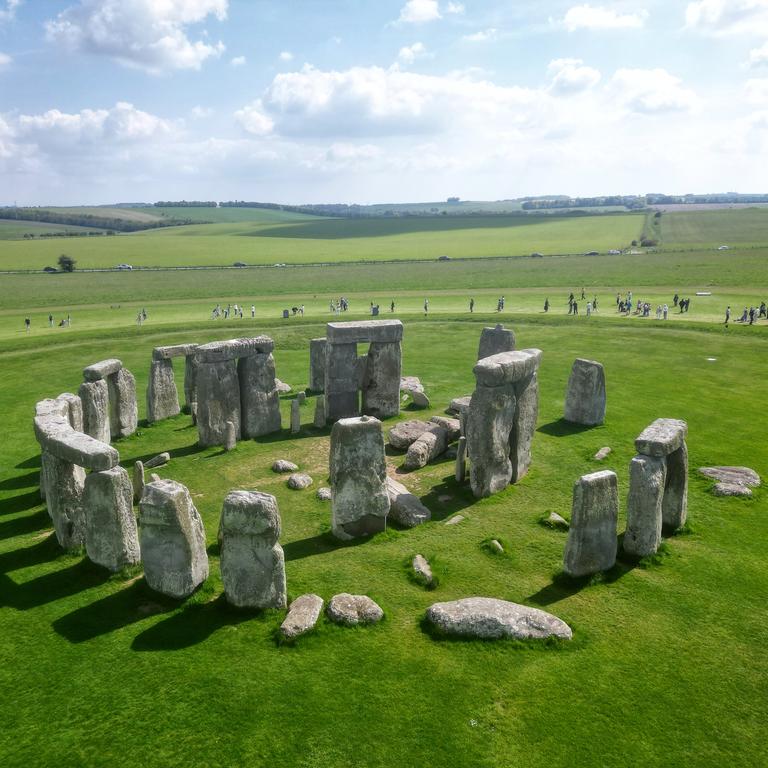
Hancock pointed to what he says are clear signs of intelligent design - including what appears to be carved steps, megaliths, arches, and even a face-like engraving etched into stone.
“If this really was built by a mysterious civilisation more than 10,000 years ago, it would place Yonaguni in the same league as Göbekli Tepe in Turkey — one of the oldest known man-made structures, dated to around 9500 BC,” he said.
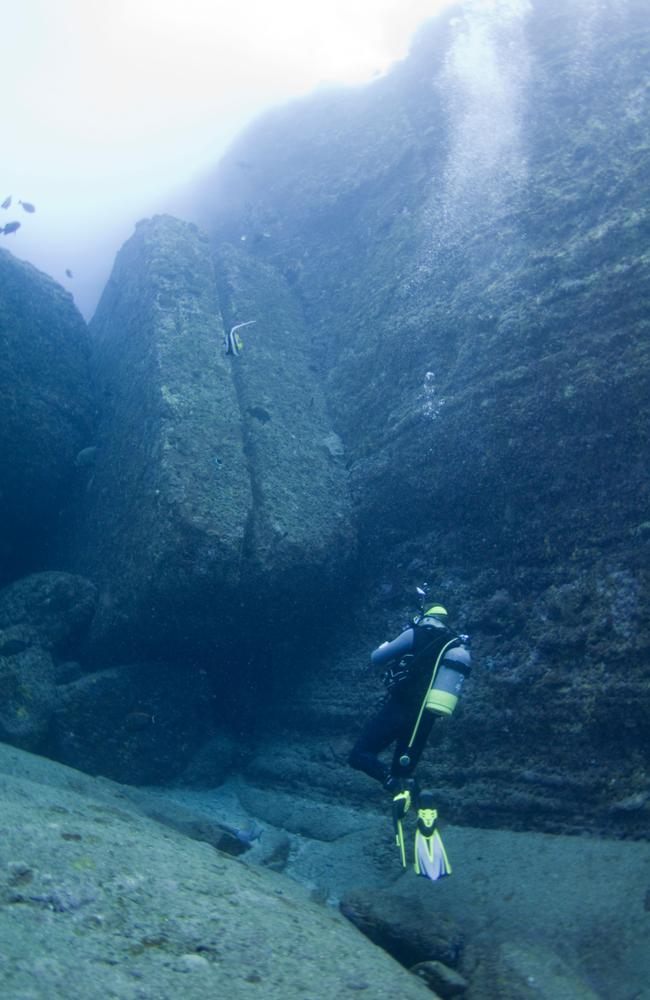
Japanese geologist Masaaki Kimura has also backed the theory, arguing the monument may be part of a lost continent known as Lemuria.
He previously suggested the formation was built 2,000 to 3,000 years ago, when sea levels were significantly lower.
Not everyone’s convinced.
Boston University professor Robert Schoch called the strange shapes “basic geology and classic stratigraphy for sandstones,” in a past interview with National Geographic.
“[The sandstones] tend to break along planes and give you these very straight edges, particularly in an area with lots of faults and tectonic activity,” he explained.
So what is the Yonaguni Monument really — a lost city swallowed by the sea, or just a freak formation sculpted by Mother Nature?
For now, the debate rages on — one dive at a time.
This article originally appeared on the New York Post and was reproduced with permission





